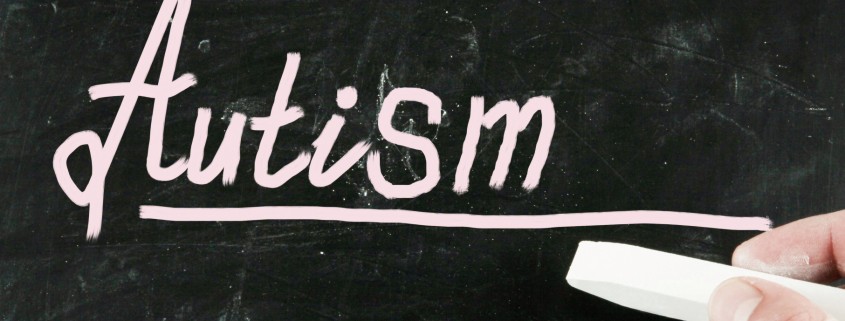How iPads Can Support Learning For Students With Autism
Hi Everyone,
eSchool news wrote an article about how iPads can support learning for students with autism, and quoted me and my work as their reference! They also included a few of my recommendations for what apps you can use with children with autism.
To read the article follow the link below:
How iPads can support learning for students with autism
Lesson personalization, interactivity can improve student engagement and social skills
Ed-tech advocates are discovering the numerous benefits that mobile devices, including iPads, can have for students. But a growing number of special-education teachers are finding that iPads can have a positive effect on their students with autism in particular.
Students with autism often have trouble communicating and might struggle with transitions, such as changing classes, getting on a school bus, or taking a field trip. A report issued by the Centers for Disease Control (CDC) last April indicated that one out of every 88 children is believed to have autism or fall somewhere on the autism spectrum.
Karina Barley, an Australian special-education teacher who runs Project Autism Australia, uses iPads with her students on the autism spectrum. Handheld devices such as the iPad offer students with autism the chance to personalize their learning while moving at their own pace, and the larger screen (when compared to a smart phone) makes it easy for them to manipulate various apps.
“They have fantastic implications,” Barley said. “One of the greatest things about them is that you can use iPads across lots of curriculum areas. I saw significant improvements in my kids within the first term.”
Barley uses iPads to teach math and English/language arts (ELA), and for customized learning programs based on each student’s individual needs. While some of her students with autism traditionally struggle with concentration, Barley said introducing the iPads caused a marked change.
“Some kids struggled enormously with concentration [but] had no issue sitting with the iPad,” she said. “They were incredibly motivated and eager.”
While acknowledging the financial challenges of using iPads, Barley said her students told their parents how excited they were to use the devices for instruction, and every parent wound up purchasing an iPad for home use.
Some apps have free and paid versions, and functionality and student needs likely will determine which versions are best, Barley said.
Some of Barley’s favorite English/language arts apps for teaching students with autism include:
Kindle
iBooks
Cliffs Notes Study Guides
Shakespeare in Bits
The Poetry App
XComics
National Geographic
PortaPoet
Keynote
Sights Words Pro
Spellboard
Puppet Pals
Play Time Theater
TED
Aurasma
PodCast Box
Montessorium Intro to Letters
When it comes to math apps, Barley advised looking for apps that advance users to new levels or units and do more than just one thing, in order to maintain engagement and keep students interested. Some of her favorite math apps include:
100s Board
Make Shapes
Montessori 100 Board
Five Little Monkey
Elevated Math
Montessorium Intro to Numbers
Math Magic
Jungle Time
Jungle Coins
Jungle Fractions
Approach to Montessori
Slice It
Numbers League
Fractions Calculator
Motion Maths
MathBoard
Skillbuilder Numeracy
“As students achieve more success, their confidence grows, and as their confidence grows, they are much more willing to attempt new challenges,” Barley said, noting that many of her students with autism become much more socially interactive once they started using various apps and sharing tips and successes.
“I really believe we need to focus on what these children can do, rather than what they can’t do,” she said.
– Karina







